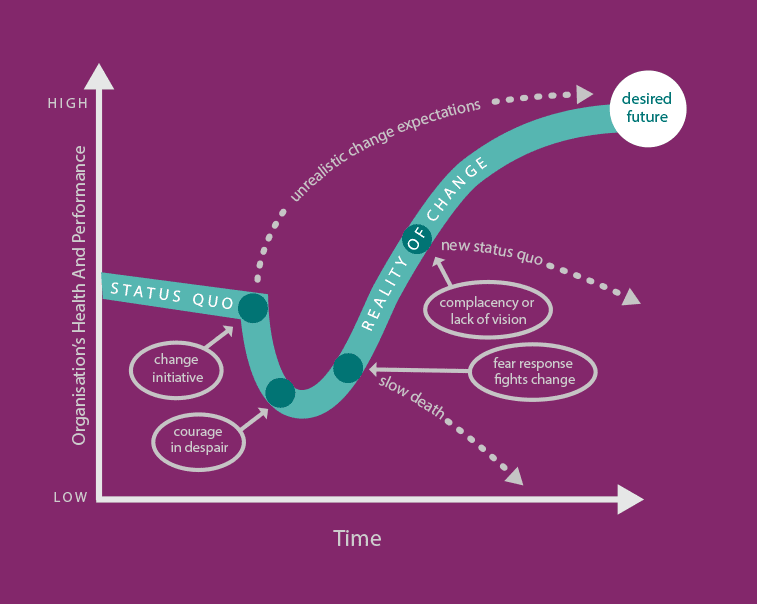Step 3
Implementing Control Measures
Step 3 focuses on how to introduce the control measures to managers and employees.
What’s the aim of introducing the control measures?
- To ensure everybody understands what control measures have been put in place
- Everybody understands their obligation to adhere to all control measures
- To create a ‘safety culture’, promoting compliance with control measures across the organisation
As with any change in an organisation, there will inevitably be reluctance to adopt new policies, processes and solutions.

Communicate to Managers
Notify managers a lone worker solution should be introduced to lone working employees
- Provide an overview of the risks assessed and why the solution is required
- Detail how employees will use the solution
- Direct managers to read the organisation’s lone working and solution usage policies
- Highlight the importance of employees’ compliance with the policy
- Explain the critical role that they play in enforcing this compliance
It’s crucial that all managers are engaged, as you’ll be relying on them to manage the lone worker solutions on a daily basis. We advise you to communicate this directly to managers, providing them with the opportunity to ask questions, share concerns and have these addressed swiftly. Group calls or electronic communication is an option if face to face contact is not possible, however, to meet safety objectives, ensure each manager confirms receipt and understanding of the communication content.
Download our ‘Introduction of a Lone Worker Solutions to Managers’ template below to help plan your discussion or email.
Communication with Employees
- Tell your employees that they will be provided with a lone working solution
- Give them a summary of the risks assessed and why the solution is required
- Point out that they will be given detailed training on the solution and clear instructions on how they will be expected to use it
- Ask employees to read the organisation’s lone working policy
- Explain the solution is only there for their protection and safety.
The company is investing in innovative technology to ensure the safety and welfare of its employees, and it is their responsibility as an employee, to use it in line with your policies.
Download our ‘Introduction of a Lone Worker Solution to Employees’ template below to see how to introduce your lone worker solutions to employees.
Identify 'Champions and Ambassadors'
You will naturally sense those employees receptive to the solution. That is the cue to enlist them as health and safety advocates or ambassadors. As part of this role, they will collate feedback from their colleagues and report back to ensure there is an opportunity for concerns to be aired. Their role will be to champion the use of the lone worker solution in line with your policies.
Liaise with other relevant Stakeholders
Depending on the size of your organisation, you should consult with:
GDPR Team: These processes involve the sharing of personal data with the lone worker supplier, so it’s important to ensure you have highlighted this to the relevant individual(s) and they are happy to proceed. Allow plenty of time for questions to be asked of the supplier, and answers provided.
IT Team: If you’re introducing an app-based solution, discuss this with the IT team, e.g. there could be mobile device management on the handset which blocks the download of applications by the user. Ensure the IT team is aware of your plans and you have their support. Not only does that help with implementation, but ongoing maintenance and modifications.
Employee Union: If you operate in a heavily unionised industry, you might want to speak with the union representative to ensure you have their full support in introducing the lone worker solution. Assurance that the solution is purely for protection, can make the engagement and acceptance a smoother process.
Now that you have notified all the relevant parties, implementation needs an escalation process to be followed in the case of an emergency.
Download our guide to ‘Understanding Escalation Procedures and How to Create One Effectively’ below.
You should then work with your lone worker provider to produce an implementation plan.
Before the lone worker solutions can be rolled out, you must provide your lone worker partner company with details of who will be using the solutions.
When you’ve announced that a lone worker solution is being implemented and employees are required to use it in a specific way, it must be clear to everyone why the solution is being introduced and they understand what is expected from them.
This is going well!
You have your implementation plan and are now ready to roll it out! The next step is training to help both employees and managers play their part in developing a safety culture within the organisation.
